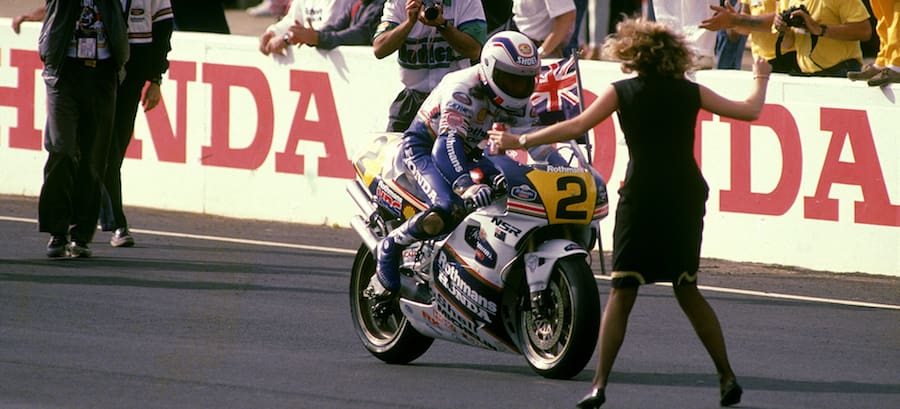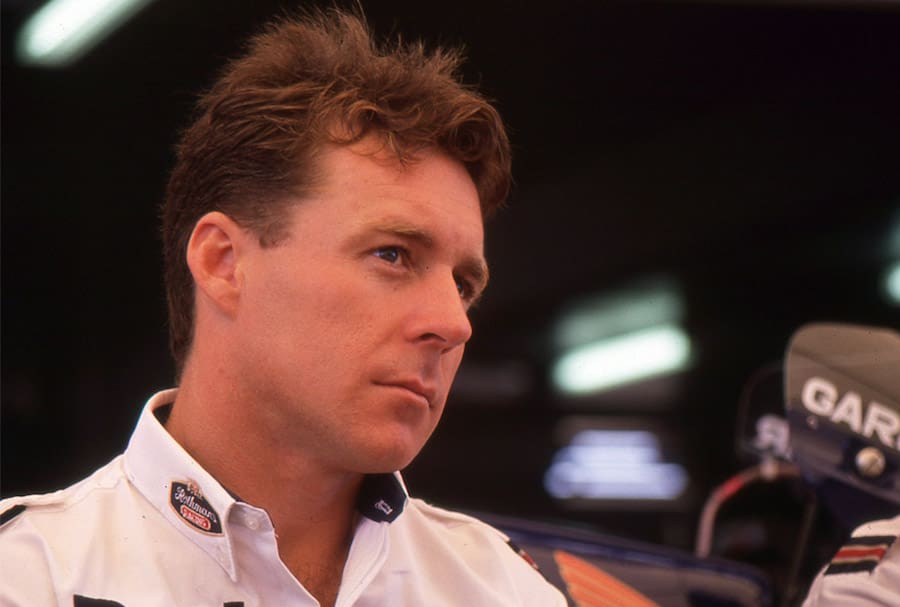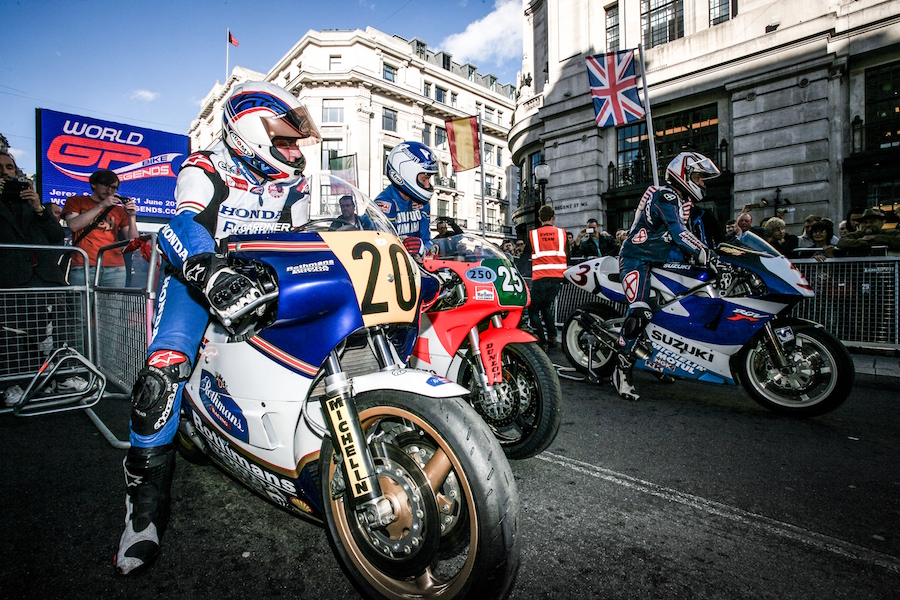AMCN sat down with “Wayne” movie director, Jeremy Sims, after its premiere at the Melbourne Film Festival
How did the premiere go? What’s been the reaction?
It’s gone very well. There have been two main reactions – the hardcore bike fans get to see everything they want to about Wayne’s career, while the non-bike fans seem to be fascinated by the love story set against a 1980s backdrop.
You are referring to the Wayne and Donna relationship?
There are a lot of stories that we don’t go into the detail of, but it’s pretty clear Donna had to put up with a lot. She says in the doco words to the effect of, “I just had to close my eyes and let him be a motorcycle racer.” She has the ability to articulate the experience very well, and it shows.

His relationship with UK teammate Roger Marshall was very interesting. I didn’t realise he was such a mentor to Wayne.
He was very lucky to have Roger’s friendship. It was a massive bromance. But Wayne found mentors all along his journey, even in Wollongong, and Mamoru Moriwaki was a massive mentor.
At the time they met up, Roger was heading towards the end of his career, but his time with Wayne created a complete resurgence. There is a lovely sequence we didn’t have room to include where he describes actually beating Wayne in a race. When asked if Wayne congratulated him, he says, “No, of course not!”

I guess it takes a tough Lincolnshire bloke to understand an Aussie battler?
Yeah, they both have thick skins. Wayne pisses a lot of people off. He doesn’t have a soft side. Americans in particular read him wrong.

How difficult was it to assemble Wayne’s contemporaries?
It wasn’t easy. It was a process of ringing a lot of people and flying around the world to interview them. I first went to Europe and hung out with Wayne where he lives, near Barcelona in Spain. I went to MotoGPs at Silverstone and San Marino to learn about GP racing. I then spent around three weeks with Donna in Monaco. We interviewed a lot of people and there are at least 20 riders and technicians we spoke to who didn’t make the final version. We easily had enough for two hours.
What’s a stand-out quote from one of Wayne’s rivals?
Perhaps Mick Doohan. They are the friendliest of enemies, and Mick says the great thing about Wayne is he’s so well balanced; he has a chip on both shoulders.
The doco would have been a journey of learning about Wayne and what took him to the top. What was the most significant thing that became apparent to you?
He’s got one enduring characteristic: determination. That applies to both his life and his racing, and it’s his greatest strength and a character flaw. You can talk to any famous person, from a sports star to a poet, and they can all describe that epiphany in their childhood when they knew exactly what they wanted to do for the rest of their lives. Wayne wasn’t interested in anything or anyone else, except winning.

What was the thinking behind the film’s animated sequences?
It became obvious that Wayne very early on became famous in Japan. At that time I was a big fan of television Anime cartoons. There were some great early stories about Wayne but no vision, so we tried to show his evolution from a hand-drawn kid riding a $5 motorcycle to a Japanese Manga hero, which are always a sort of man-boy character.
You’ve had a couple of very successful movies, Beneath Hill 60 and Last Cab to Darwin; what got you involved in your first documentary?
I met producer Mathew Metcalfe when I was at the Toronto International Film Festival with Last Cab to Darwin. He thought I had an understanding of Aussie mythology and men, and saw a fit.

Have you had any involvement with motorcycling?
Only briefly when I was at drama school in Sydney. I thought it would be cool, but it was a pretty beaten-up bike and the third time I crashed I gave it away.

What did you learn about grand prix racing, the bikes and riders?
That the two-stroke period of the 1980s was very special. It was a golden age when racing was dangerous, sexy and the bikes had personalities. If they didn’t like you, they could kill you. Eddie Lawson said that only half a dozen people in the world could ride them to win championships. When the MotoGP bikes crash now, even at 300km/h, it looks a bit like a theme park ride in comparison.

Hamish Cooper











